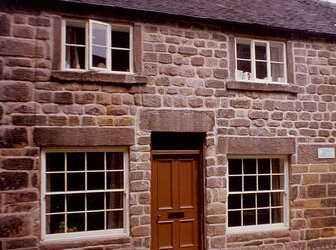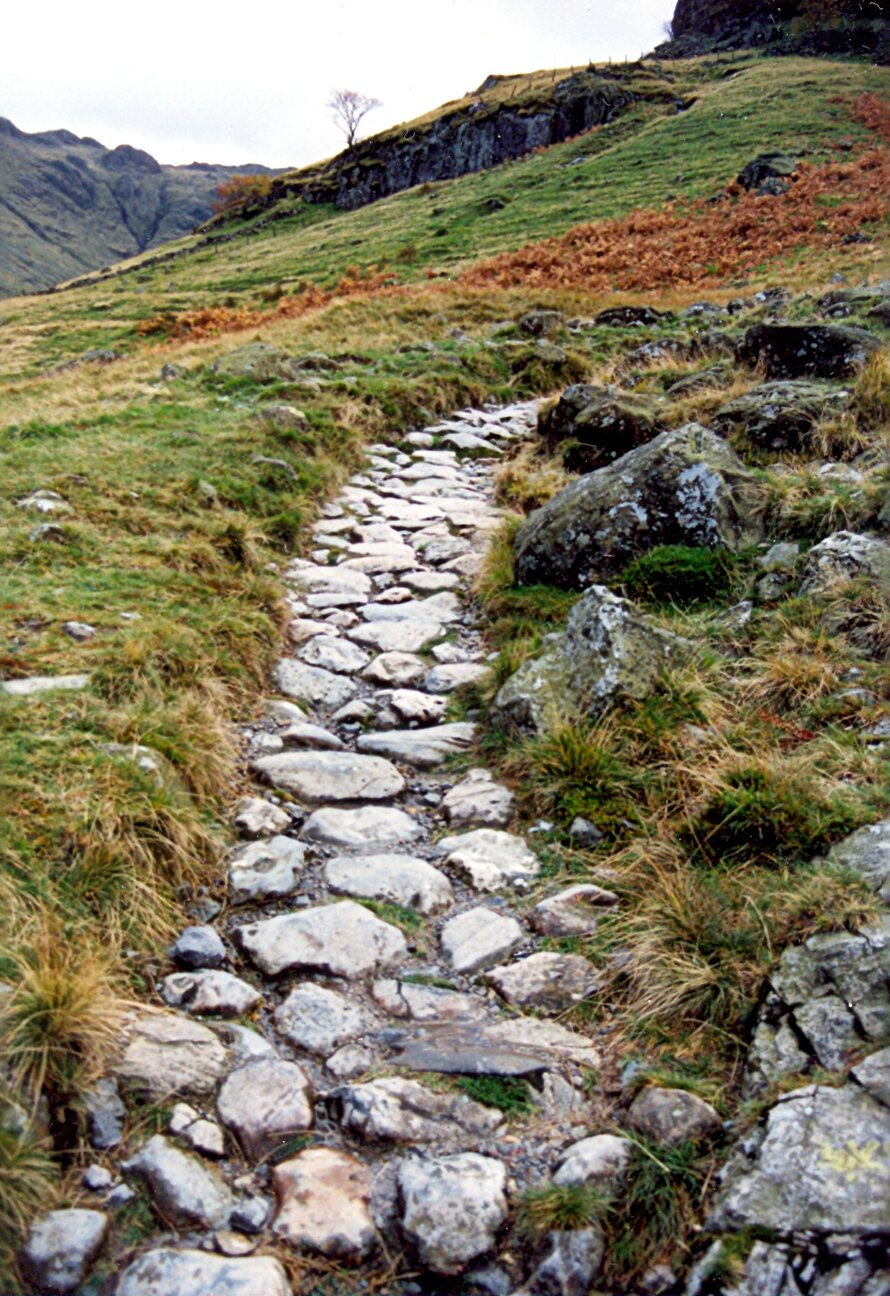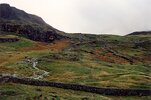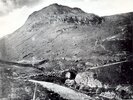Sty Head Footpath, Borrowdale
Reconstruction of an eroded footpath, using old path-builders techniques and planting new trees. Re-building of stone walling. All of this helps the recovery of the landscape. The ancient high-level packhorse route over Sty Head Pass, probably already a very old track when first ...
Read more
Project details
| Title: | Sty Head Footpath, Borrowdale |
|---|---|
| Entr. year: | 1989 |
| Result: | Medal |
| Country: | United Kingdom |
| Town: | Borrowdale, Cumbria (England) |
| Category type: | cultural landscape |
| Building type/ Project type: | Cultural/Natural landscape |
| Former use: | Natural and cultural landscape |
| Actual use: | Natural and cultural landscape |
| The Jury's citation: | "For the remarkable restoration of the ancient packhorse route using traditional 'pitching' techniques, within the framewerk of the overall preservation of a magnificent landscape" |
| Web, Links: | www.nationaltrust.org.uk/borrowdale/trails/seathwaite-to-sty-head-and-grains-gill-walk |
Description:
Reconstruction of an eroded footpath, using old path-builders techniques and planting new trees. Re-building of stone walling. All of this helps the recovery of the landscape. The ancient high-level packhorse route over Sty Head Pass, probably already a very old track when first referred to in 1209 AD, had become seriously eroded in recent years through over-use by walkers with deep grooving and damage to widths of 40m (120ft). It has been restored to much of the original line using the technique of the old path-builders, pitching, where large stone were placed into the ground to form the basis of the walking surface, the gaps between being back-filled with soil and gravel. The surrounding eroded area was then levelled and raked to match the surrounding fell side contours before being sown with grass seed and fertiliser. Grass seed was also sown into the path itself so that, with the passage of time, the new work would closely resemble in age that of several centuries. The splice between the ancient and modern is now only noticed by those who were involved in the National Trust's earlier work. Old dry stone walls around depleted plantations at the tree line have been rebuilt, and thousands of indigenous species planted to help the recovery of the landscape within this wild and very special area.
Similar projects
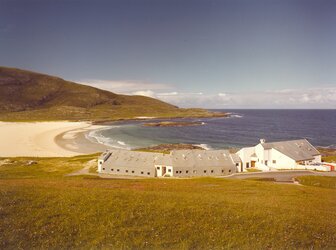
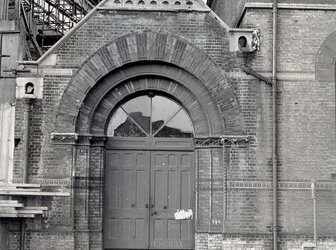
19th century
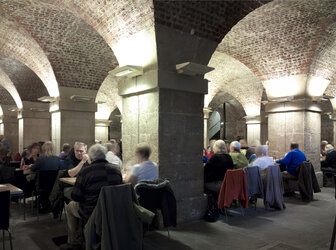
18th-19th century
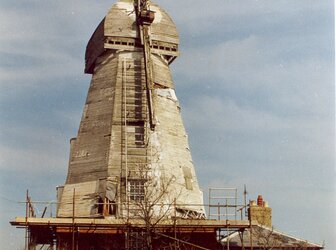
19th century
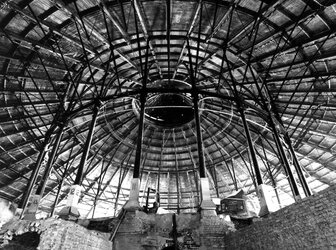
19th century
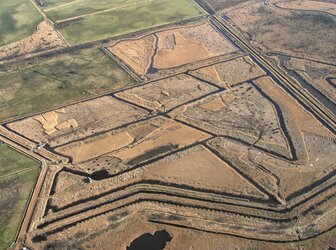
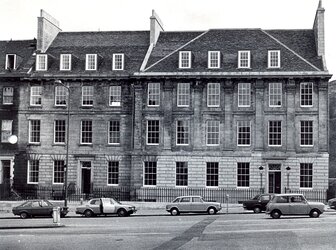
19th century

19th century
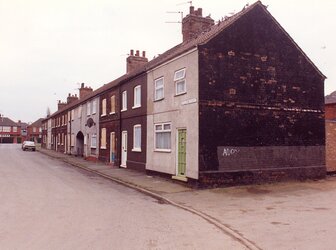
19th century
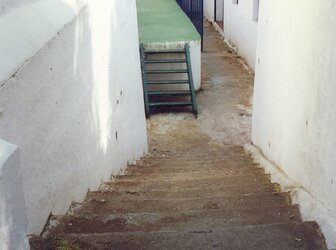
18th century
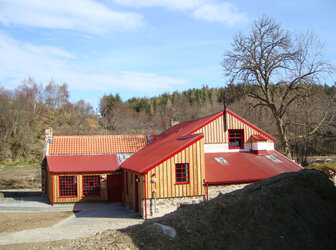
18th century
